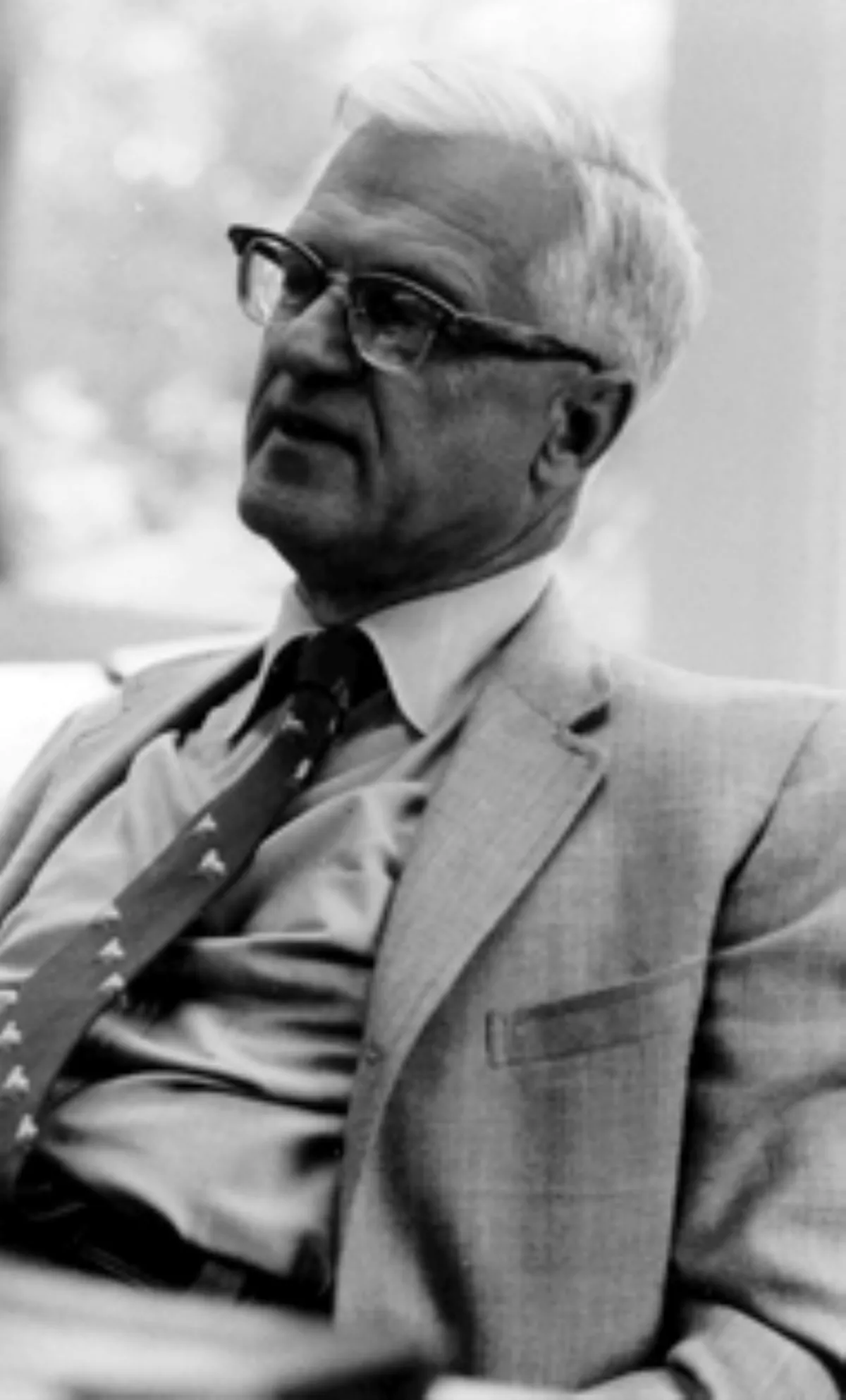 1.
1. Sherwood Washburn changed the field of anthropology with the publication of his paper The New Physical Anthropology, in 1951, in which he argued, convincingly, that human variation was continuous, and could not be broken up into discontinuous races.